Precise Solar Photometric Telescope (PSPT)
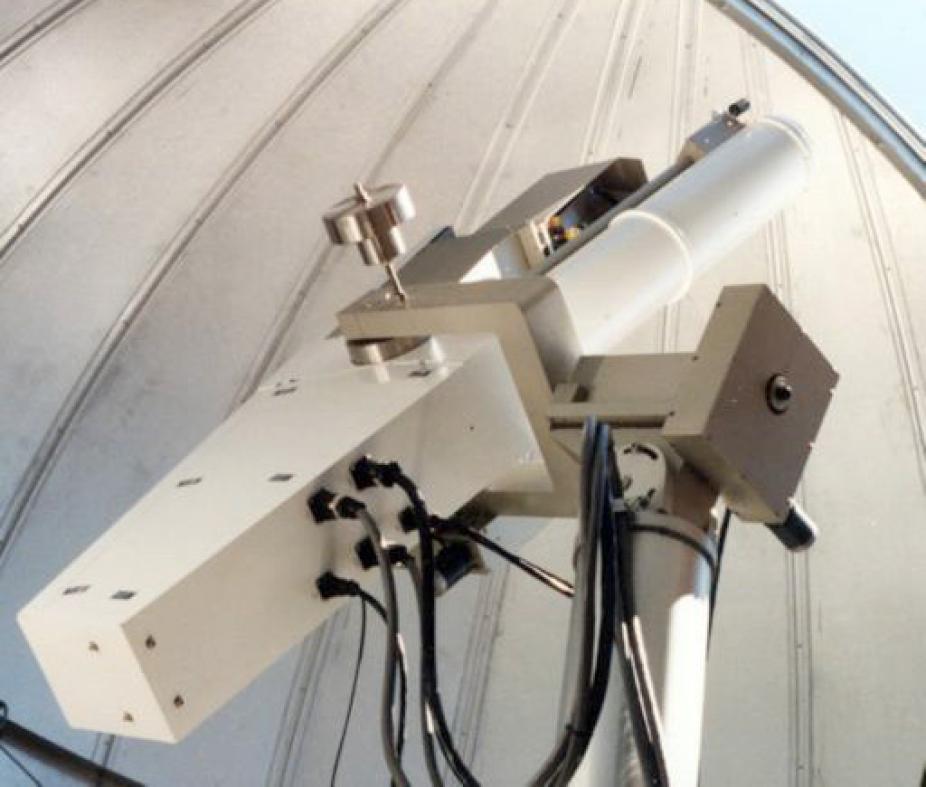
PSPT on its spar at MLSO
The Precision Solar Photometric Telescope (PSPT) is the centerpiece of the National Science Foundation (NSF) Radiative Inputs from Sun to Earth (RISE) program whose aim is to measure and understand variability in the solar radiative output. The PSPT produces seeing-limited full-disk digital (2048x2048) images in the blue continuum ( 409.4nm, FWHM 0.3nm ), red continuum ( 607.1nm, FWHM 0.5nm ), CaII K ( 393.4nm, FWHM 0.3nm ), CaII K Narrow Band Wing (NBW) (393.6nm, FWHM 0.1nm), and CaII K Narrow Band Core (NBC) (393.4nm, FWHM 0.1nm), with an unprecedented 0.1% pixel-to-pixel relative photometric precision. The addition of two narrow band CaIIK filters allows imaging of the CaIIK core to wing ratio with nearly the same precision.
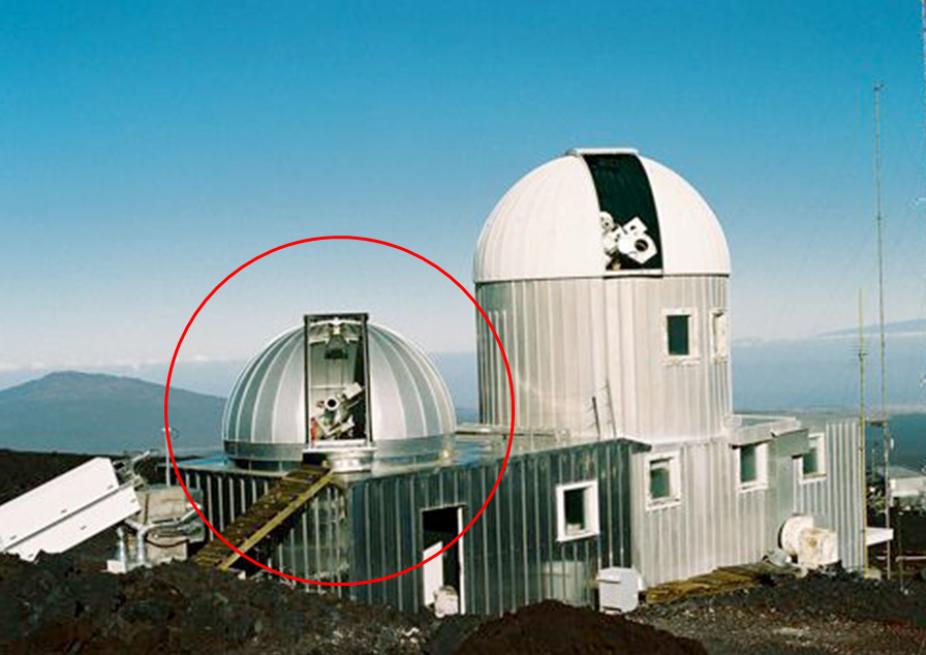
PSPT dome at MLSO
The National Solar Observatory (NSO) designed and built three PSPT units, a prototype which is currently in operation at the Osservatorio Astronomico di Roma (OAR), and two primaries for installation at NSO Sac Peak and Mauna Loa Solar Observatory (MLSO). Currently, the units at MLSO and OAR are operated daily, with the NSO Sac Peak unit set aside for debugging and spare parts.
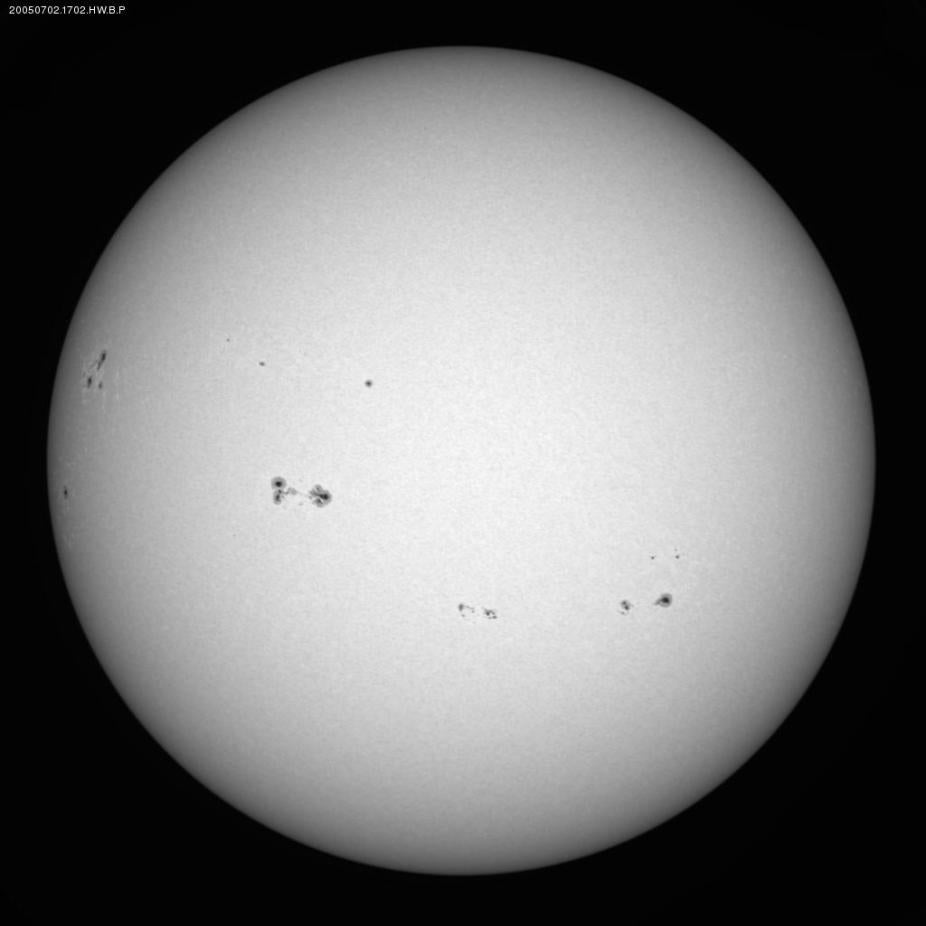
PSPT Blue (409.4nm)
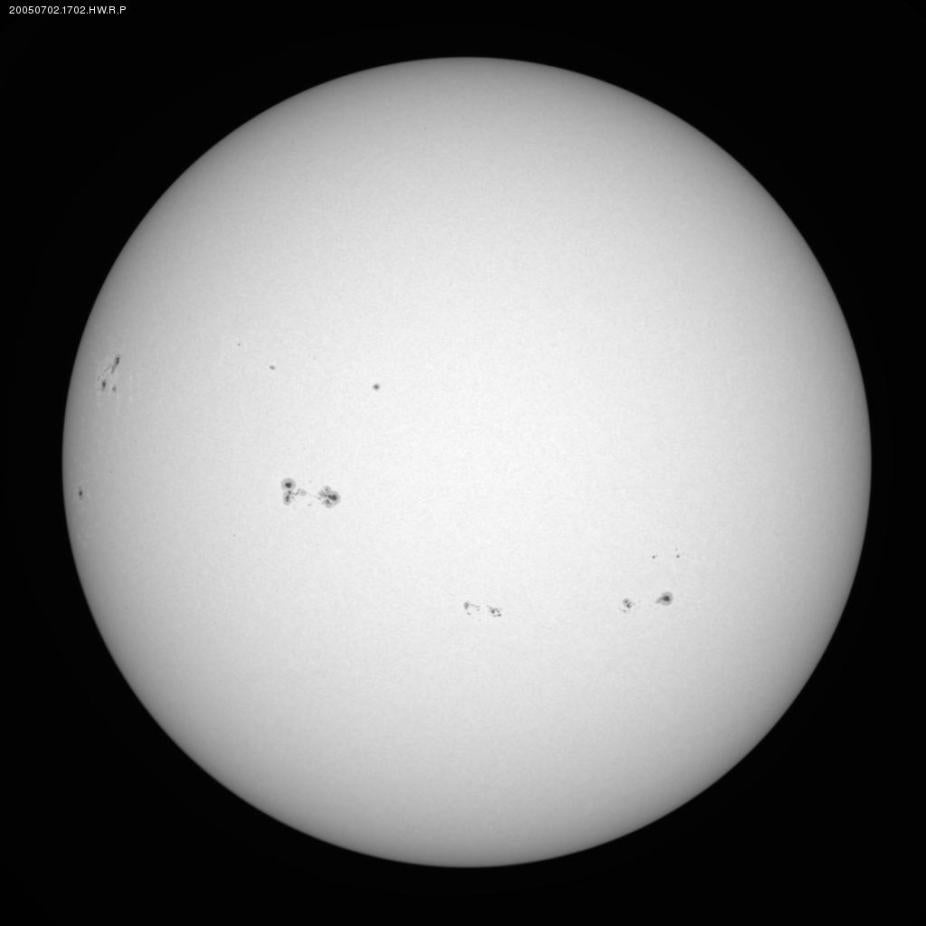
PSPT Red (607.1nm)
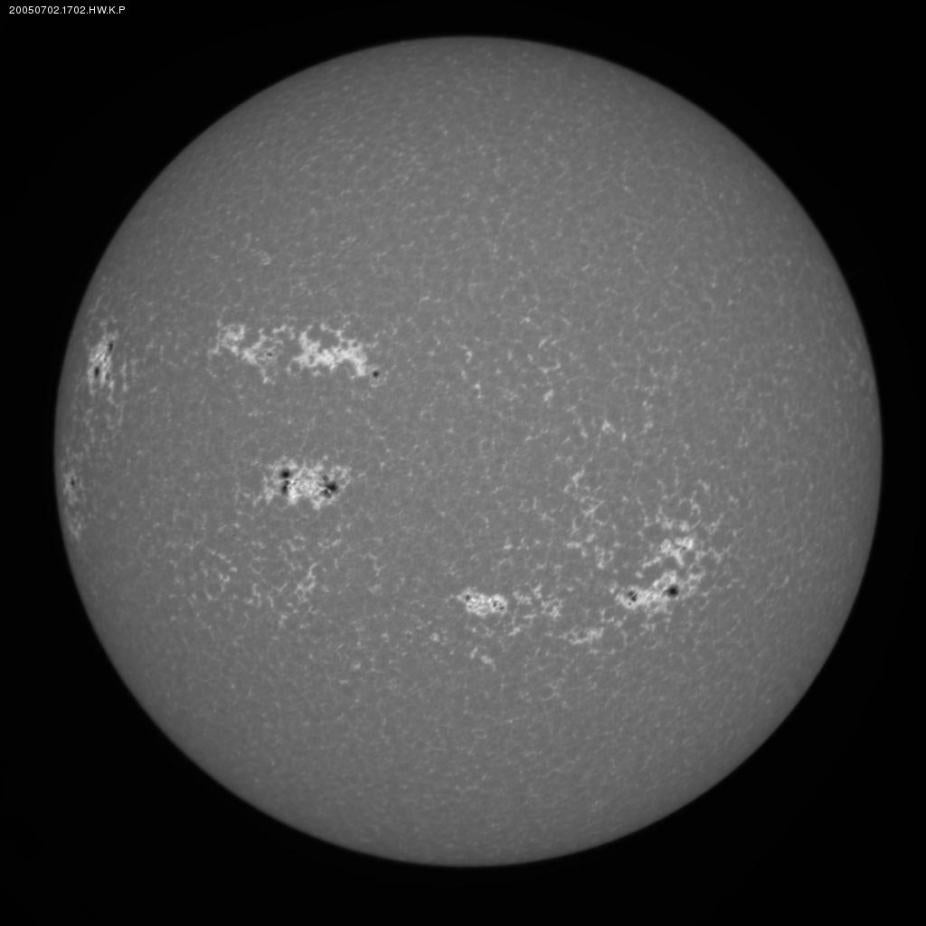
PSPT CaIIK (393.4nm)
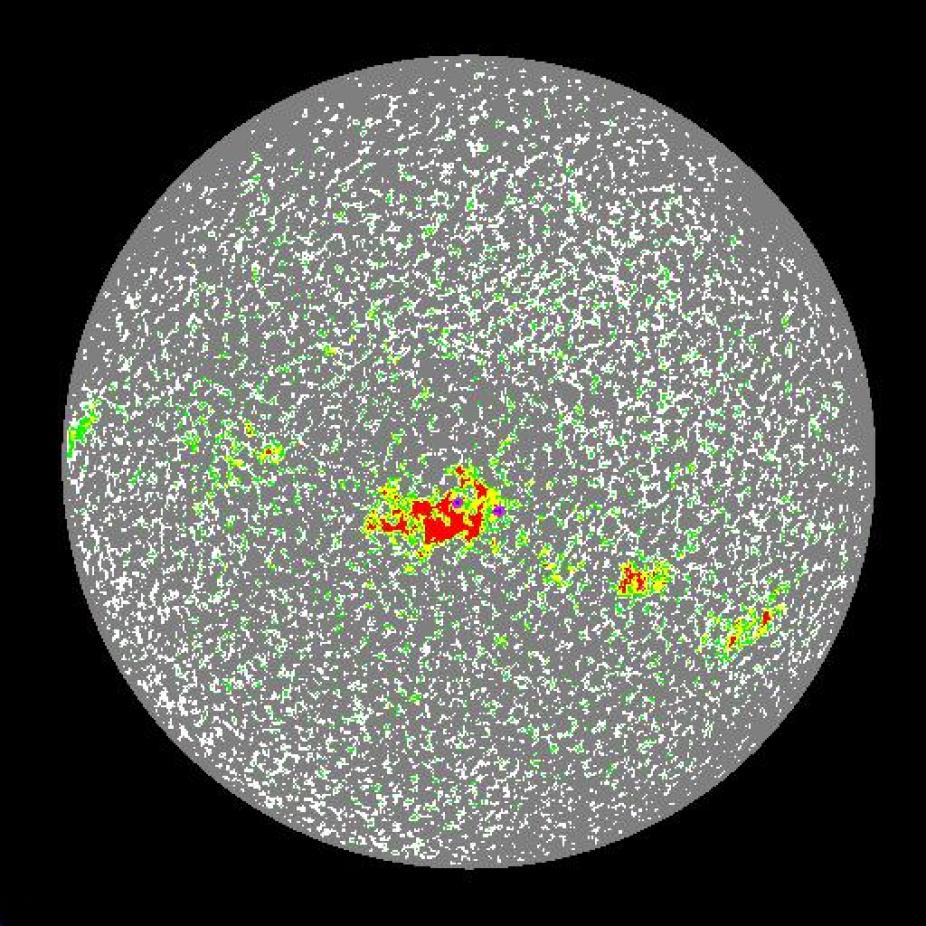
PSPT SRPM Image
The Solar Radiation Physical Modeling (SRPM) image mask is based on a semi-empirical center-to-limb corrected thresholding scheme (Fontenla et al. 1999, ApJ 518, 480). The scheme employs the red continuum images to isolate sunspot umbral and penumbral pixels and the CaIIK images to separate the facular (bright plage), plage, active network, network, and quiet Sun components.
LINK: more information and DATA ARCHIVE
PSPT SCIENCE GOALS:
- PSPT Instrument Requirement: High precision (0.1%) photometric accuracy; Full disk photometry
- Instrument Goal: High precision (0.1%) photometric accuracy
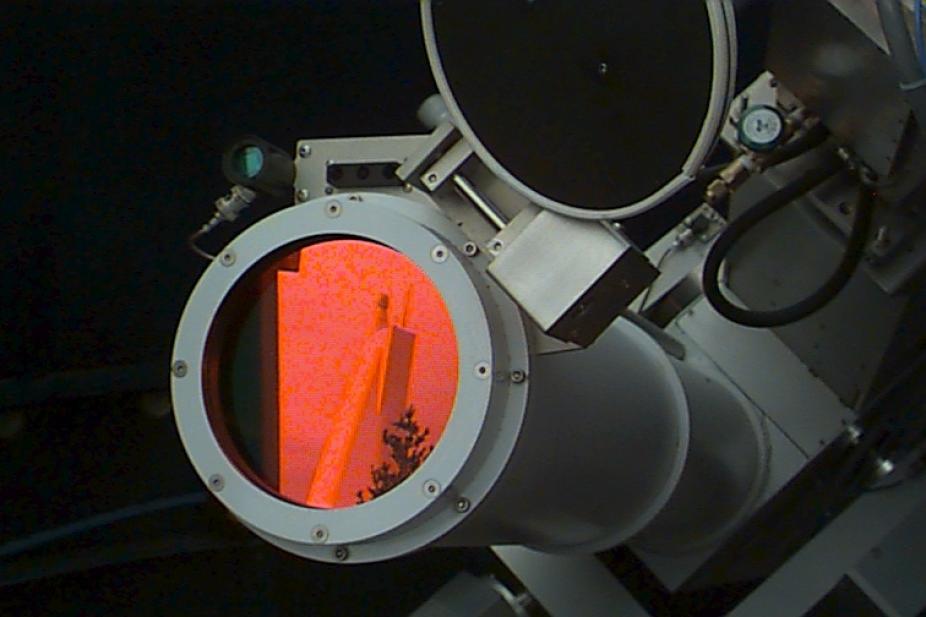
PSPT filter
PSPT BASIC DESIGN:
- 15cm refractor
- Simple optical design (minimize scattered light)
- Active mirror (image stabilization to ~0.25 arc sec)
- 2048x248 detector (~1 arc sec pixels)
- 3 + 2 filters